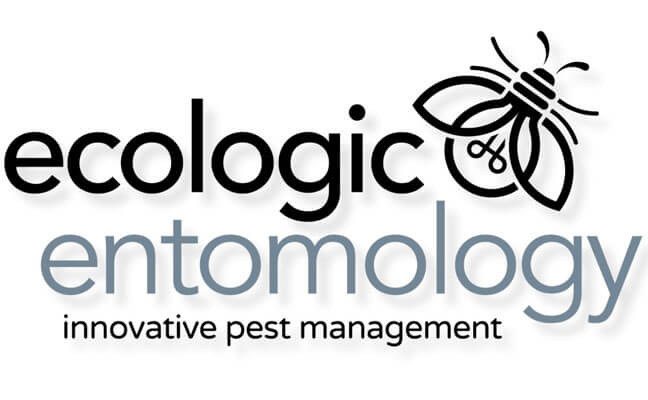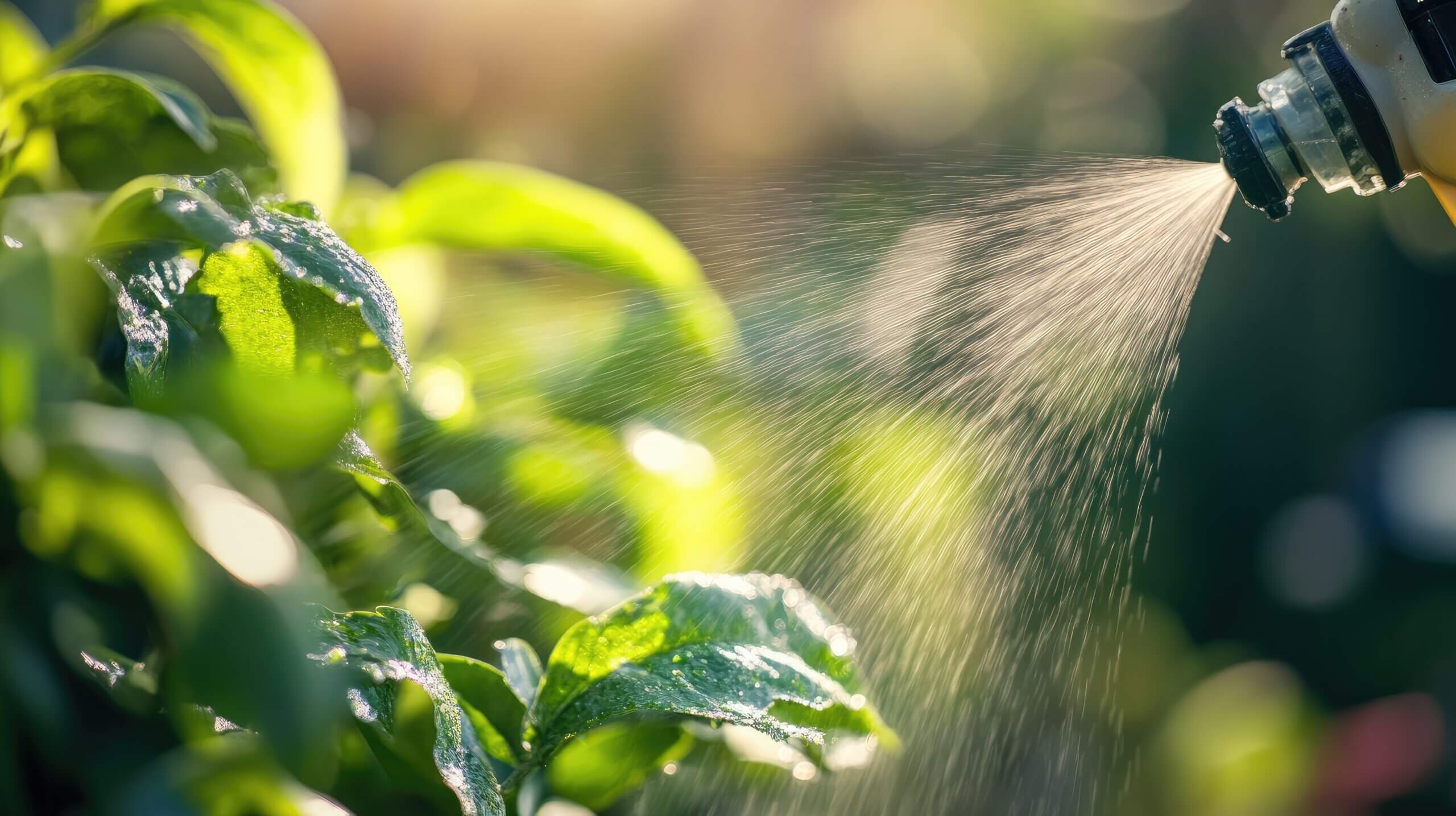Insect control has evolved. Today’s modern insecticides are safer, smarter, and more targeted than ever before. Unlike the harsh chemicals of the past, modern pest control solutions are designed to be low in toxicity, insect-specific, and far less hazardous to people, pets, and the environment. Whether you’re a homeowner, pet owner, or pest management professional, understanding these advances can help you make informed and safer choices.
From Toxic Sprays to Targeted Insect Control
In the past, pest control relied heavily on broad-spectrum insecticides like DDT and organophosphates. While effective, these products were dangerous. They harmed not just pests but also beneficial insects, wildlife, and even humans and animals through prolonged exposure. Many of these older chemicals lingered in the environment, increasing the risk of contamination and long-term health effects.
Today, insect-specific insecticides have transformed the industry. Newer compounds are formulated to affect biological systems unique to insects—such as exoskeleton development, molting hormones, or insect nervous systems—while posing minimal or no threat to mammals. This makes modern pest control products dramatically safer for humans and pets.
Low-Toxicity Insecticides for Homes with Pets and Children
One of the biggest benefits of modern insecticides is their reduced toxicity. Many are classified by the EPA as “low toxicity” or “practically non-toxic” to mammals. Popular options like insect growth regulators (IGRs) and bioinsecticides such as Spinosad are commonly used in both organic farming and pet-safe flea treatments.
In many cases, only a minute amount of active ingredient is required to be effective—reducing overall chemical exposure in the home. These products can safely be used around pets and children, especially when applied according to label directions and using professional-grade targeted pest control techniques.
Advanced Application Methods for Safer Use
Modern insecticides aren’t just better chemically—they’re smarter in how they’re delivered. Technologies like microencapsulation, bait stations, and slow-release formulations ensure that pesticides are applied precisely where needed. For example, ant bait stations attract only ants, which carry the insecticide back to the colony—minimizing environmental impact and virtually eliminating exposure to non-target animals or humans.
Perimeter treatments for homes now bind tightly to surfaces and degrade rapidly in sunlight, reducing the risk of tracking insecticide indoors. These innovations make it easier to maintain a safe and pest-free environment without resorting to toxic overkill.
Integrated Pest Management: Smarter Pest Control
Today’s best practices revolve around Integrated Pest Management (IPM)—a strategy that combines sanitation, exclusion, monitoring, and minimal use of pesticides. IPM focuses on long-term pest prevention and uses safe, selective insecticides only when necessary. This results in fewer chemicals, less exposure, and better overall outcomes.
Plus, modern insecticides are subject to rigorous testing and strict regulatory oversight. Products must pass safety evaluations for human and animal health, environmental persistence, and ecological impact. If a product poses unreasonable risks, it simply doesn’t get approved.
Conclusion: Safe, Effective Pest Control for Modern Living
The bottom line? Modern insecticides offer a level of safety and precision that older generations could only dream of. With lower toxicity, better targeting, and smarter application, today’s products provide effective pest control solutions that are safe for both people and pets.
If you’re searching for safe insecticides for pets, low-toxicity pest control, or insect-specific home treatments, rest assured: the tools available today are safer, more efficient, and better for your family and the planet.

